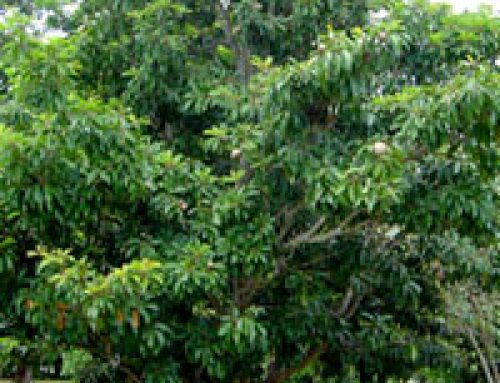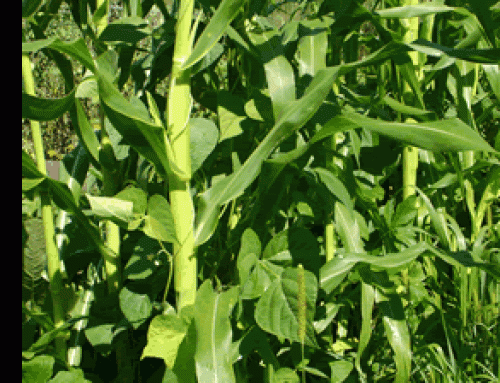
Ancient Egyptian cattle plowing, ca. 1300 BC (Louvre Museum, Paris)
What does plowing do?
If you are going to plant seeds, like wheat seeds for example, and harvest them, then you are going to have to plow. Plowing is the hardest work of farming. Basically you have to make zillions of holes in the ground to put the seeds in, and you have to loosen up the soil around those seeds so that water will get to them, and so that they will be able to grow.
More about seeds
History of wheat
Mesopotamia and the Levant
Digging sticks
One way of doing this is with just any strong stick, with a point on one end: you stick it in the ground and wiggle it around, and then drop a seed in, and you cover it loosely with dirt, then you do it again, and again, and again, all day long. We call those sticks digging sticks.

An Egyptian using a hand plow or ard (about 1400 BC)
The ard or scratch plow
But it’s faster to use a plow. The simplest kind of plow is a digging stick with a handle on it crossways – a scratch plow or ard. You push it along through the dirt, so it makes a groove, and then somebody else goes along behind you dropping the seeds in here and there, and using her foot to cover up the seeds again loosely. You can make the plow go a little better by hardening the wooden point in the fire, or by adding a stone, bronze, or iron point to the stick, to act as a wedge.
Invention of bronze
Where did iron come from?
What is a wedge?

Han Dynasty plowing
Animals pull the plow
Now, you can make a plow go faster, by adding leather straps or ropes to the front of it, and fastening them to a donkey or an ox, or two donkeys or two oxen, or even four sometimes.
Where do donkeys come from?
History of oxen
Now you push the plow while the animal pulls it. In heavier dirt, more like clay, which is common in river valleys like Mesopotamia, it may be impossible to plow without animals.

A man using a heavier plow with a mold-board, with oxen (Tres Belles Heures du duc de Berry, 1400s)
The moldboard
About 500 BC, in the time of Confucius, scientists in China invented the moldboard. A moldboard is a wooden board that attaches to a plow, and helps the plow really turn over the dirt instead of just making a groove in it. Roman farmers didn’t use moldboards, but moldboards reached Europe about the time of the fall of Rome. Can you see the moldboard here turning over the ground?
Iron plows in China
In the early Han Dynasty, about 200 BC, Chinese scientists also invented plows made entirely of iron, instead of just tipped with iron. These were much lighter and sharper than wooden plows.
More about the Han Dynasty
What else was going on in 200 BC?
Learn by doing: planting an herb garden
More about planting seeds
Bibliography and further reading about plowing:





i have a stone plow solid stone it has to be very old’ can you tell me anything about it/lenny
Sorry, plows have never been made of stone. Early plows were made of wood hardened in the fire, though they might sometimes have had sharp stone tips.
Hey what cattle pushed plows in Britain before America became a country….?
I’m sorry, Austin, I don’t think I understand the question?
can you tell us a bit about the wooden plough tools of 3100 bc?
Hi Emma! At the beginning of the Bronze Age, plows were probably a lot like the one in the top image here from ancient Egypt. They were a wooden stick with handles on one end. Sometimes people hardened the end that went in the dirt by burning it a little in a fire. Or they might tie a stone tip to the end of the plow. But mostly they’re just wood. You tie the stick with ropes to a wooden yoke over the shoulders of two trained cattle. They pull the stick through the ground to break up the ground, and you walk behind the plow holding the handles to keep it straight and stuck in the ground.
Mostly men did the plowing because you have to have a lot of arm strength to keep the plow going straight.
And where does John Deere fit in the plow history?
Sorry, but we try not to mention specific brand names in our articles generally.
how and when did monastic farmers get the moldboard plow? did this help them in converting barbarians?
Moldboards came to Europe across Central Asia from China; thus it’s quite likely that the “barbarians” were using moldboards before the Romans were. In any case, both northern and southern European farmers were using moldboards before the big monasteries of the Middle Ages got going.
Why did they use Oxens? instead of horses ?
That’s an excellent question! For two reasons:
1) Oxen are less expensive to feed and take care of than horses are, especially in hot places like Egypt. Horses are really northern animals and they don’t do well in hot places.
2) They had not yet invented a kind of harness that allowed horses to pull hard without choking themselves – that happened at the beginning of the Middle Ages.
Hi
[…] Until the plow was invented, people had to walk around with “digging sticks,” which were long sticks shoved into the ground to make holes into which seeds were dropped. Without these sticks, it could take weeks or even months to finish the job. The Egyptians were tired of these sticks and the countless hours of using them. So they formulated the first known plow, the ard.[9] […]
[…] Until the plow was invented, people had to walk around with “digging sticks,” which were long sticks shoved into the ground to make holes into which seeds were dropped. Without these sticks, it could take weeks or even months to finish the job. The Egyptians were tired of these sticks and the countless hours of using them. So they formulated the first known plow, the ard.[9] […]